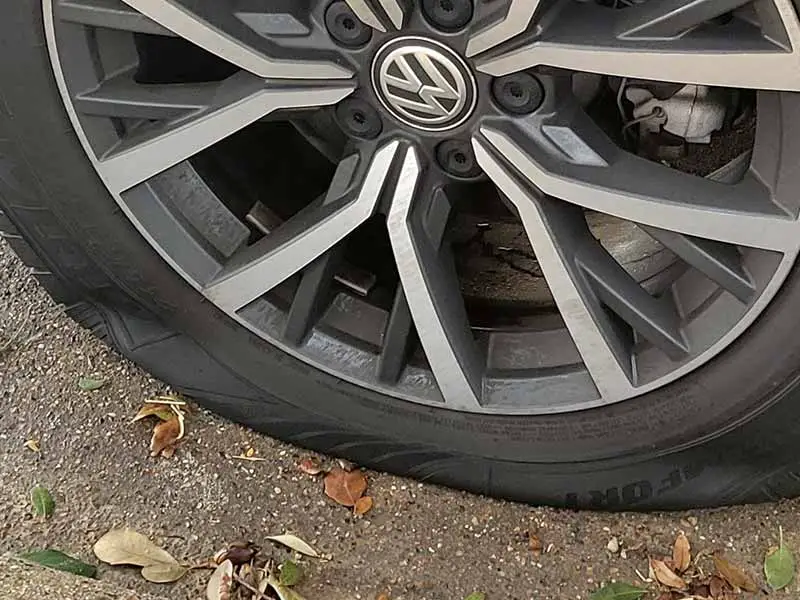Cold weather can indeed affect the air pressure in your tires, and sometimes, you might even find that only one tire loses air faster than the others. But don’t worry – in this article, we’ll help you understand why this happens and how to address the issue.
Only One Tire Loses Air In Cold Weather
In cold weather, if only one tire loses air faster than the others, possible causes include tire damage, faulty valve stems, or wheel corrosion, or mounting problems.
While it’s common for all tires to experience some pressure changes due to temperature fluctuations, it can be concerning if only one tire seems to be losing air.
Let’s take a closer look.
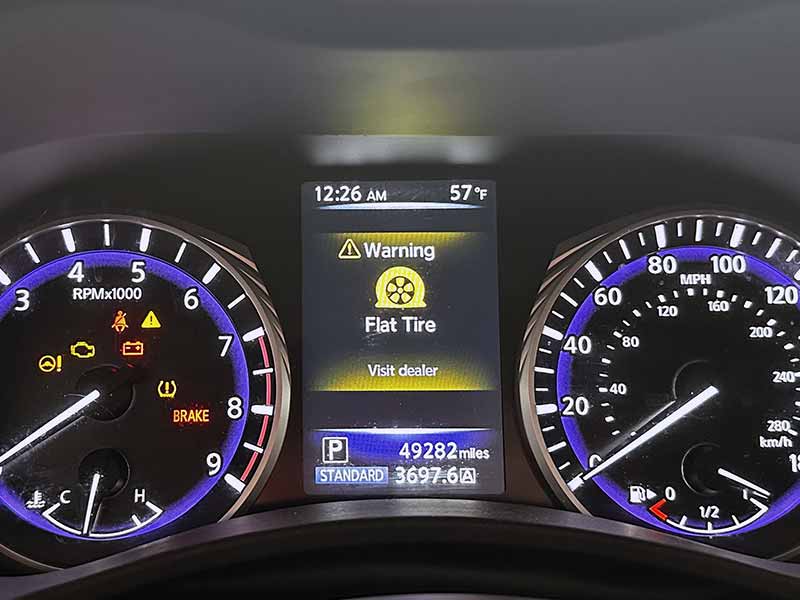
Expansion And Contraction Of Tires And Air Due To Temperature
Temperature changes don’t only affect the air inside your tires. Other materials, like metal and rubber, also expand and contract as the temperature goes up and down. When it gets colder, the air, metal rim, and rubber tire all shrink a little. This can make the seal between the tire and the rim less tight, which could lead to leaks.
On the other hand, when it gets warmer, these materials expand. This expansion can put extra stress on the tire and wheel parts, making them more likely to get damaged. By understanding how temperature affects your tires, you can better take care of them and make sure they stay properly inflated and in good shape throughout different weather conditions. It’s essential to check your tire pressure regularly, especially during seasonal changes, to ensure your tires stay at the recommended pressure levels.
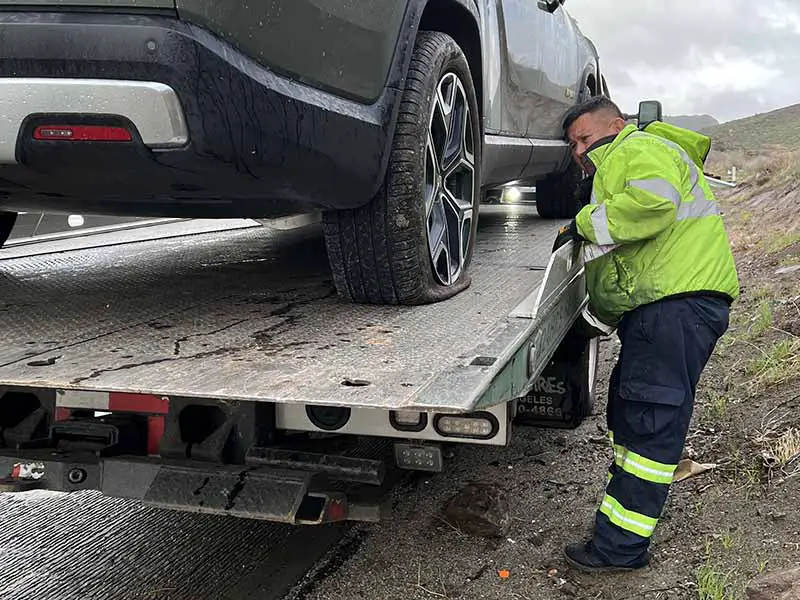
Valve Stem Seals
Valve stem seals are important for keeping the right tire pressure. There are two main parts that need to make a tight seal: the valve core and the base of the valve stem. The valve core should seal against the inside of the valve stem, and the base of the stem needs to seal against the wheel. To make sure these seals work well, you should clean the inside of the valve stem, maybe replace the valve core, and properly clean the wheel where it meets the stem. Doing these things will help stop air leaks and make sure your tires have the right pressure.
It’s also important to check your valve stem seals for any visible damage or wear. If you notice any issues, it’s a good idea to have them fixed or replaced as soon as possible. This will help maintain the overall health of your tires and prevent further air leaks.
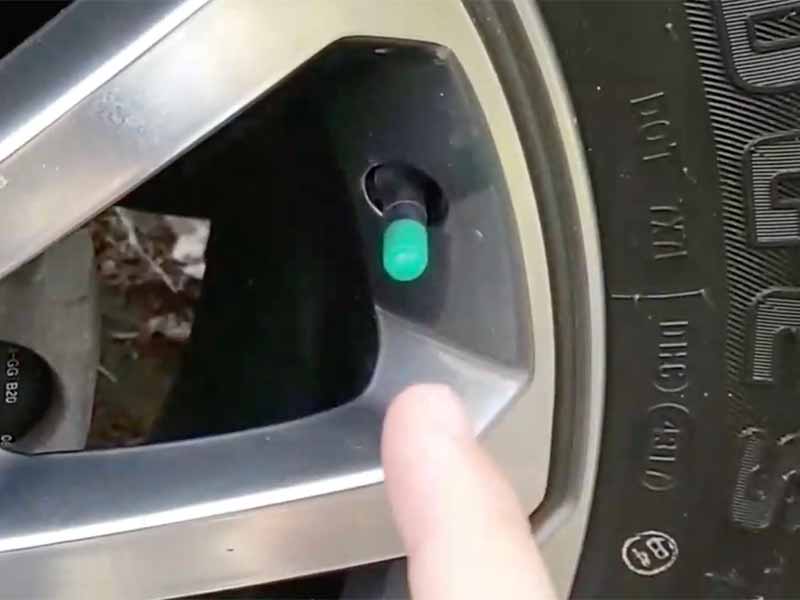
Tire Bead Seals
The tire bead seal is important for keeping your tire full of air. It needs to fit well against the wheel lip, and the wheel surface must be very clean to create a tight seal. If the tire bead has any damage or if there’s dirt around the wheel lip, air might leak out, causing your tire to lose pressure. When you put your tires on, make sure the wheel lip is clean and doesn’t have any dirt, and check the tire bead for damage or imperfections. By doing this, you’ll help stop air leaks and keep your tire pressure right.
Additionally, when inflating your tires, make sure not to overinflate them. Overinflation can put extra stress on the bead seal, making it more likely to fail. Always follow the recommended tire pressure guidelines for your specific vehicle to avoid overinflation.
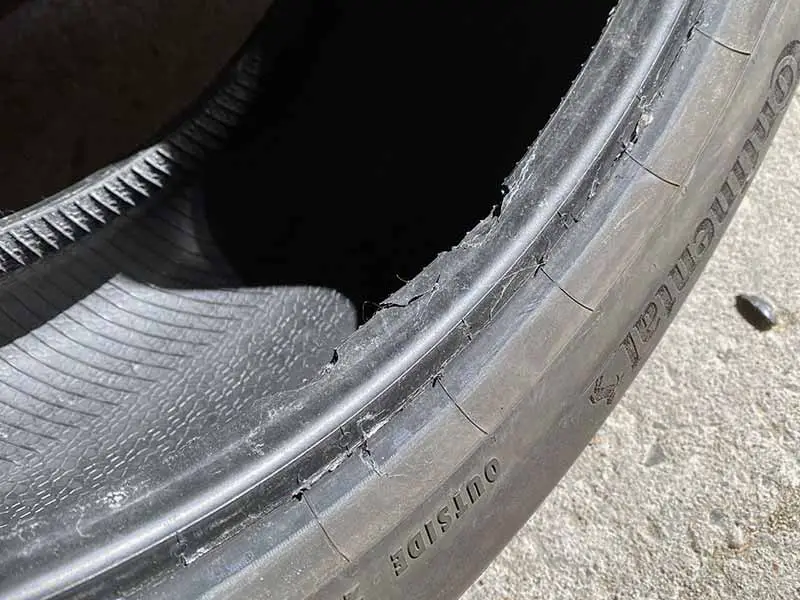
Wheel Corrosion
When you put tires on older wheels, corrosion can be a problem. Corrosion on the wheel can make it hard for the tire bead or valve stem to make a tight seal, which can lead to air leaks. If the corrosion is really bad, you might need to clean or even fix the wheel to stop leaks. Always look at your wheels for signs of corrosion and ask a professional for help if you see any problems that could affect the seal between the tire and the wheel.
Taking the time to clean your wheels regularly can help prevent corrosion from building up in the first place. A little bit of maintenance can go a long way in extending the life of your wheels and keeping your tires properly inflated.
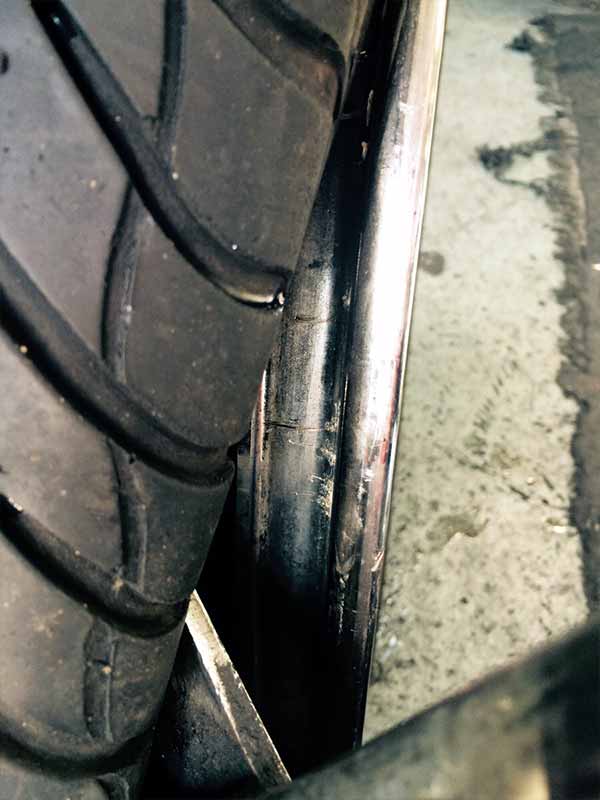
Mounting Problems
Putting your tires on right is important to stop air leaks and keep the right tire pressure. You need to be careful not to damage the tire bead, wheel, and valve stem when you put your tires on. Also, you need to make sure all the parts that touch each other are very clean so they can make a tight seal. By being careful when you put your tires on and checking all the parts for problems, you’ll help stop air leaks and keep your tire pressure at the right level.
When mounting tires, it’s also crucial to ensure they are properly aligned and seated on the wheel rim. Misaligned tires can lead to uneven wear, poor handling, and even air leaks. If you’re unsure about mounting your tires correctly, consider seeking help from a professional tire technician. They have the necessary tools and expertise to ensure your tires are mounted safely and effectively.
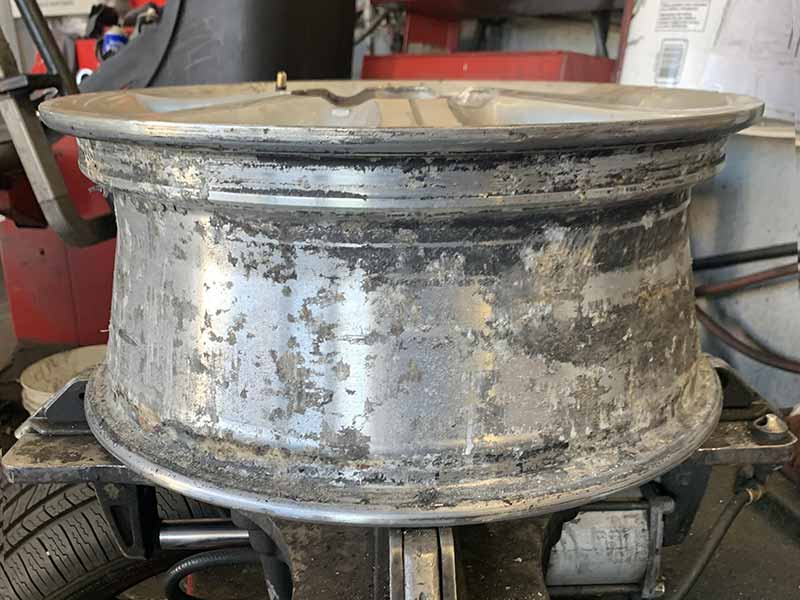
Common Reasons Single Tires Lose Air
While the reasons discussed earlier in this article are more likely to cause air leaks due to temperature changes, there are other common reasons for tire leaks that you shouldn’t ignore. It’s crucial to remember that a single tire losing air could be caused by a combination of factors, so it’s essential to inspect your tires and wheels thoroughly.
One common reason for tire leaks is punctures from nails, screws, or other sharp objects on the road. Inspect your tires regularly for any visible damage, and if you find a puncture, it’s important to repair it as soon as possible to prevent further air loss. Additionally, be mindful of road conditions and avoid driving through areas with a lot of debris or construction that could increase the risk of punctures.
Another reason for a single tire losing air could be due to improper maintenance or neglect. Make sure to rotate your tires regularly, keep them properly inflated, and have them balanced and aligned as needed. This will not only help you avoid air leaks but will also extend the overall life of your tires.
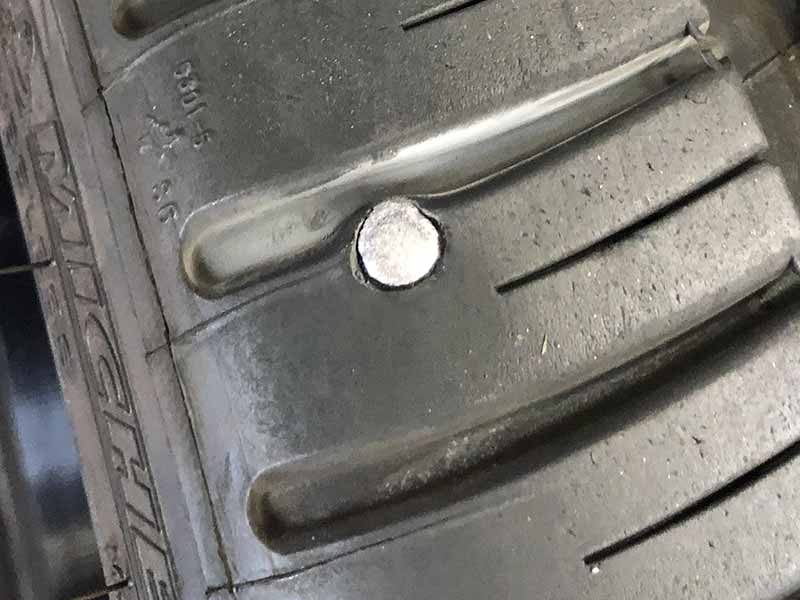
Resources
Below are some links you may find helpful when learning about tires
- How to avoid 28 common mounting and balancing mistakes – Modern Tire Dealer
- What is the right mounting and balancing procedure – Tire Rack
Final Thoughts
By understanding the factors that affect tire pressure, such as temperature changes, poor seals, and mounting problems, and being aware of the common causes of a single tire losing air, you can prevent and address potential issues.
Remember, if you ever face the issue of one tire losing air in cold weather, don’t hesitate to consult a tire professional for help. They can inspect your tires, identify the cause of the problem, and recommend the best course of action to keep you safe on the road.
Good luck and happy motoring.
